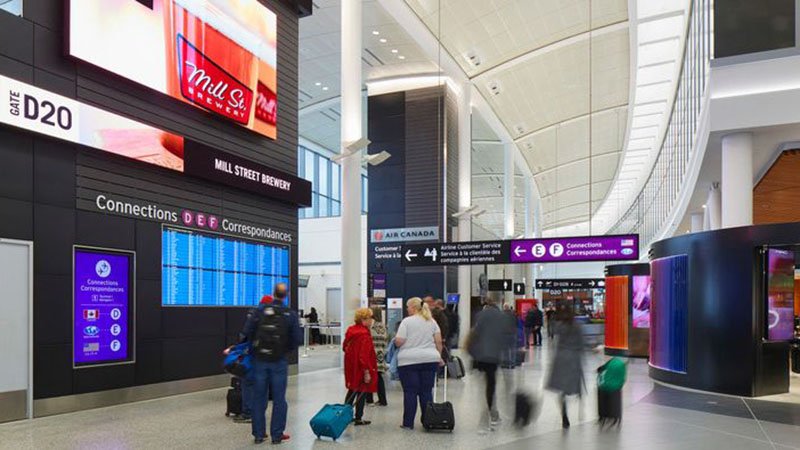The travel industry has witnessed a significant evolution in pricing strategies, particularly for airlines and hotels, leveraging technology and human insights dating back to the 1970s. This evolution has recently embraced artificial intelligence (AI), allowing these businesses to adjust prices in real-time, akin to surge pricing models already utilized by companies like Uber, Ticketmaster, and Instacart.
The Role of Artificial Intelligence in Pricing
With traditional pricing models heavily reliant on seasonal trends, holiday patterns, and competitive analysis, the introduction of AI has transformed how airlines and hotels operate. By analyzing large sets of data instantaneously, AI can determine optimal prices based on demand fluctuations and user behavior. As a result, airlines and hotels can now modify their rates dynamically, providing a competitive edge in the market.
Surge Pricing: A New Norm
Surge pricing, a strategy that allows companies to increase prices during periods of high demand, has become standard practice. Platforms such as Uber have effectively demonstrated the potential of this model, where prices adjust based on current market conditions. This approach is now being adopted by airlines and hotels, giving them the flexibility to maximize revenue without forsaking customer satisfaction.
Benefits for Travelers and Businesses
The implementation of AI-driven surge pricing can lead to several benefits for both travelers and the businesses involved:
- More Accurate Pricing: AI algorithms can analyze factors like weather, current events, and booking trends, ensuring prices reflect real-time demand accurately.
- Transparent Pricing: Dynamic pricing can offer consumers clearer insight into cost variations, helping them make informed decisions about when to book their travel.
- Increased Availability: By optimizing pricing, airlines and hotels can potentially minimize overbooking issues and provide better inventory management.
Industry Impacts and Future Trends
As more airlines and hotel chains adopt AI technologies for pricing, the landscape of travel expenses will likely continue to change. This evolution could lead to more personalized travel experiences, where users receive pricing based on their specific preferences and behavior.
Moreover, as travel trends shift post-pandemic, the reliance on data and technology to determine pricing will be crucial. Business analysts predict that those who embrace AI will gain a substantial advantage in understanding consumer needs and market conditions.
Conclusion
The shift towards AI-driven pricing in the travel sector marks a significant advancement in how airlines and hotels operate. With the ability to change prices instantly, these companies can respond more effectively to market demands while optimizing revenue. As the trend continues to grow, it emphasizes the important role technology plays in shaping the future of travel.
For more insights on AI-driven surge pricing and its impact on travel rates, visit Frommers.



